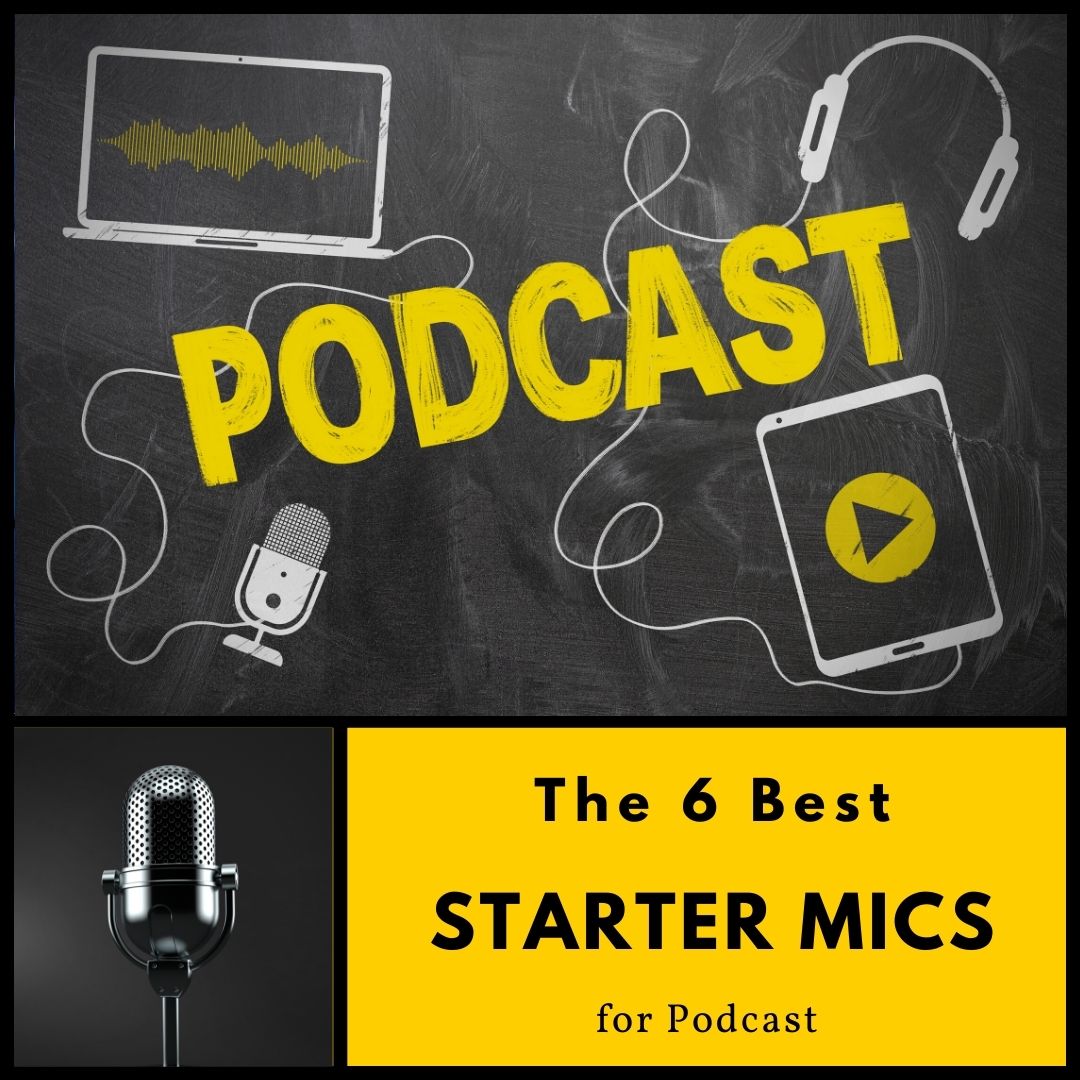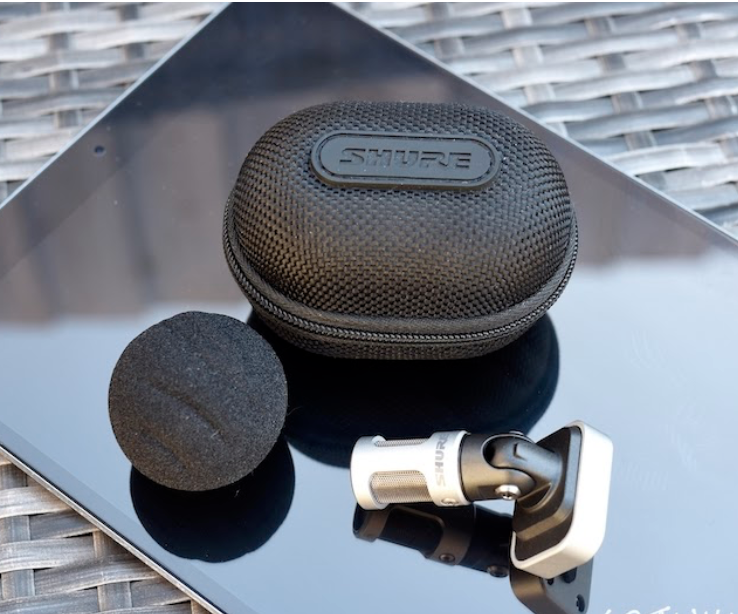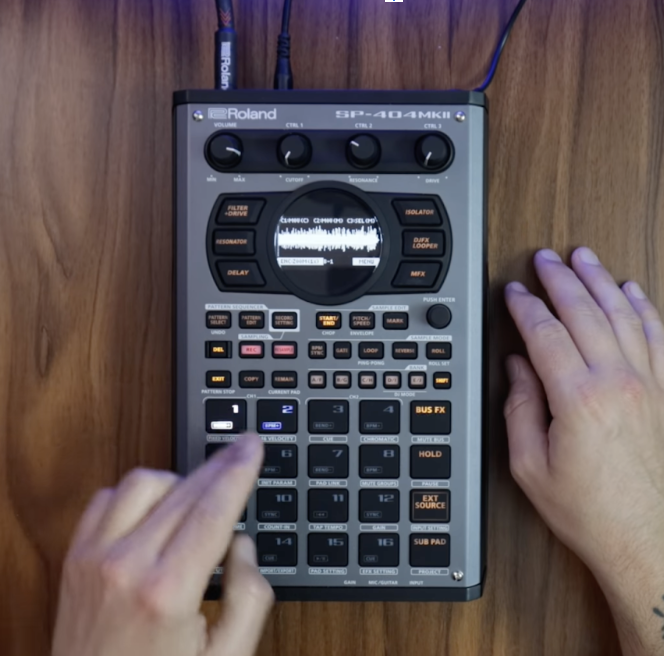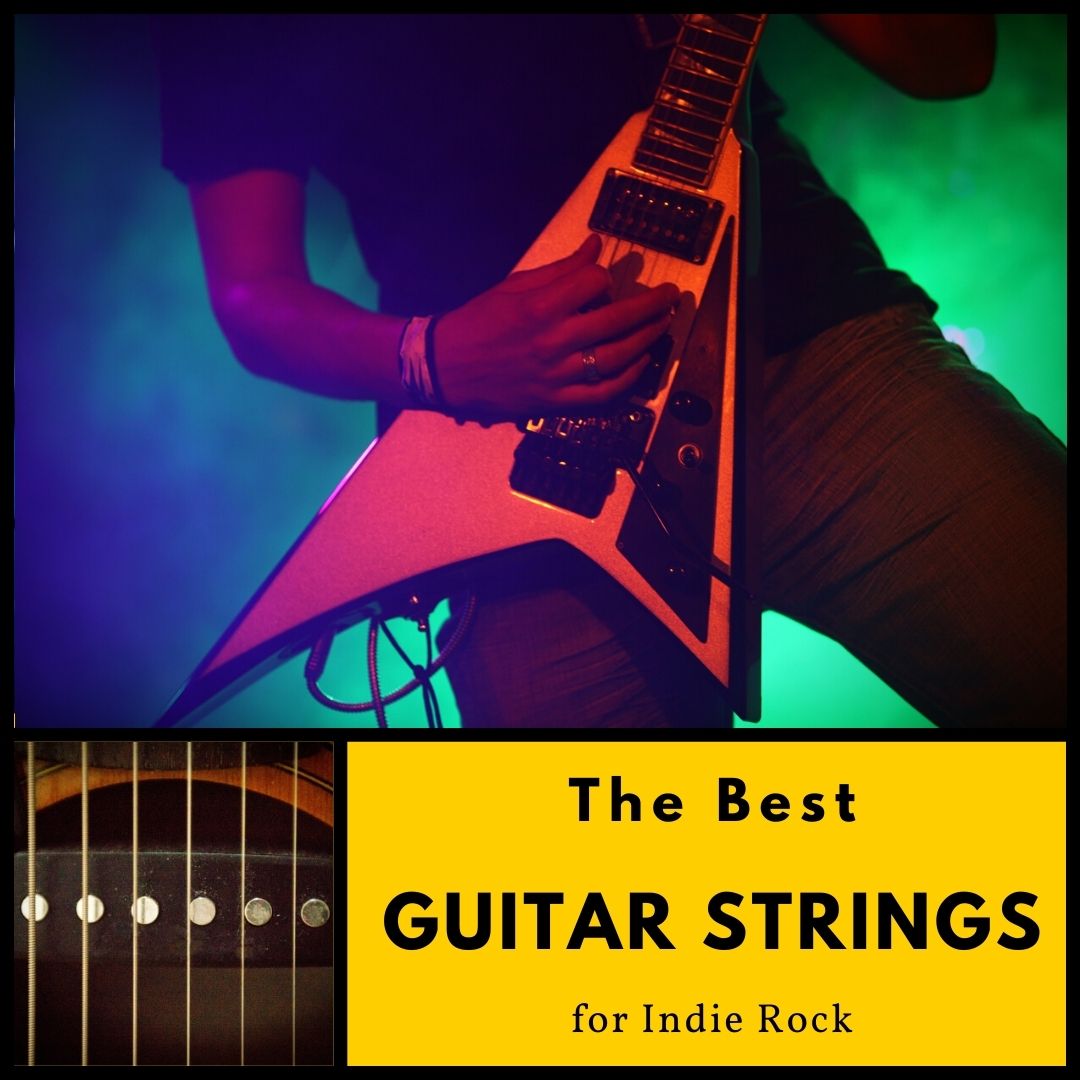
The Best Guitar Strings for Indie Rock
August 31, 2021
5 Best Bluetooth Speakers for Your Bathroom
September 2, 2021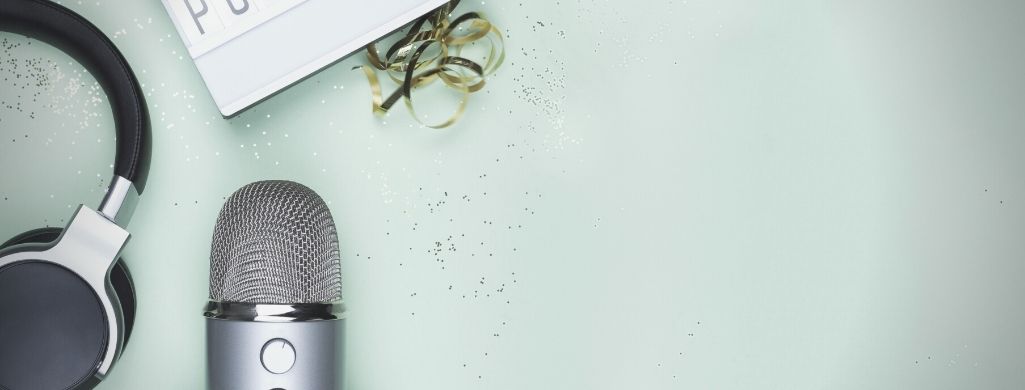
So you want to start a podcast? Why not? The medium has been steadily growing for the last couple of decades. Now everyone and their mother has a podcast that they listen to religiously. However, if you don’t want to seem like an Amateur, you’ll need a decent microphone.
Since podcasting is more of a performance than a musical medium, there’s no shame in not knowing your microphones. There are several products and models, and it can be overwhelming for people without a musical or audio technical background.
Fortunately for you, this list will cover the best starter mic for podcast, allowing you to get started right away without having to navigate through hundreds of products.
Our Recommendation of Best Starter Mic for Podcast
In this article, we’ve decided to break our mics into separate categories to highlight their specialties.
- ATR2100x-USB (Best Mic for Minimal Set-Up)
- Samson Q2U (Best Multi-Microphone Podcast Mic)
- Rode NT-USB (Best Cardioid Mic)
- Rode Podcaster (Best XLR Podcasting Mic)
- Samson Go Mic (Best Mobile Podcasting Mic)
- Blue Snowflake (Best Inexpensive Podcasting Mic)
1. ATR2100x-USB

Pros
- Inexpensive
- Easy setup
- Full-bodied sound
Cons
- USB might not produce the best sound quality
Most people who are starting their podcast don’t have a Joe Rogan Experience level budget. If not, you might not have the additional funds to shell out for a soundcard or an audio interface. That’s why you might be better off with a USB microphone.
USB Mics are easy to set up. Simply plug it into your computer and select it in your software defaults. It might have some additional software to install, but then you’re good to go. We love this mic from Audio-Technica because they make high-quality instruments with very clear sound.
This particular microphone has cardioid polar patterns to help deliver full-bodied sounds. This sound is essential for podcasts because people need to get every word that you’re saying. You don’t want a recording to sound too muffled.
2. Samson Q2U

Pros
- Easy to pair with other similar microphones
- Can buy multiple for a reasonable price
- It has excellent and high-quality accessories included
Cons
- Easy to damage
Unless you’re going for a monologue style like Bill Burr’s podcast, you’ll probably need multiple microphones. This factor can be problematic for beginners because it’s expensive and complicated to set up. However, you don’t need a colossal channel mixer to get decent sound from two or more mics.
Instead, invest in a few of the Samson Q2U. These microphones come with everything you need to record as soon as you open the box. The only extra thing you’ll need is probably a USB extension port so that you can plug in as many mics as you want.
We also really liked the compatibility of this microphone. You can plug the Q2U into any PC or Apple device, and it will be recognized immediately. This recognition will save you many headaches from installing drivers and finding compatible software.
3. Rode NT-USB

Pros
- High-quality audio recording
- Sleek set up
- Zero Latency
Cons
- More expensive than other USB mics
Cardioid microphones are meant to capture all noise in front of them and block every other sound in the room. If your podcast studio isn’t soundproofed, you will need a Cardioid Mic to get decent audio quality. Otherwise, your mic will pick up every noise in the neighbourhood.
It’s excellent for beginners to get a cardioid microphone because it allows you to save on the cost of soundproofing your podcast studio.
You will eventually have to soundproof if you want perfect quality, but this is an excellent place to start before your podcast becomes famous and needs better sound. The Rode NT-USB is a fantastic Cardioid Mic.
It comes in a package that includes a desk stand and a pop filter, making it an even better deal. It also has a zero-latency feature, so you don’t have to worry about your recordings running on a delay. It’s even compatible with the Apple iPad if you prefer doing your podcasting from a tablet.
4. Rode Procaster

Pros
- High-Quality Audio
- Tailored for voice and podcasting
- Internal shock mounting
Cons
- Expensive
If you know a bit about audio setups, then you should invest in an XLR mic. The Audio quality for XLR mics is much better than USB microphones. They pick up more subtleties when recording and are also easier to edit during the post-production process.
If you plan on investing in an XLR mic, you will also need an audio interface. There are several interfaces that you can plug directly into your computer. Be sure that the one you decide to buy is compatible with your operating system.
The Rode Procaster is the best XLR mic you can buy for podcasting because that’s what it was designed for. Rode tailored the microphone with tight polar patterns that are perfect for picking up voice frequencies. It also has an internal shock mounting, lowering the noise if you accidentally move it or bang into it while recording.
5. Samson Go Mic

Pros
- Portable
- Inexpensive
- Compatible
Cons
- Studio microphones are of higher quality than this one
The best part about podcasts is the creative freedom. You don’t have to abide by any standards or regulations. You can do your podcast however and wherever you want. So why would you like to restrict yourself with a wired microphone?
Instead, you should invest in the Samson SAGOMIC Go Mic. It is a small and portable microphone that you can take with you anywhere. Want to have a podcast on a ski lift? The SAGOMIC is there. Want to record some thoughts while biking? SAGOMIC will pick them up.
It also doesn’t require any drivers to attach to your computer. As soon as you plug it in, you can remove the audio files from inside. All you’ll need is a lithium-ion battery to power it. You can also attach this microphone to your favorite video camera for better quality audio.
6. Blue Snowflake

Pros:
- Easy for beginners
- Great value for money
- Compact storage
Cons:
- Not the best audio quality
If you’re a fan of youtube streamers and podcasters, you’ve probably seen a Blue Snowflake before. These microphones are very popular with podcasting beginners because they are inexpensive and effortless to use and install.
You might have also noticed the Blue Snowball, but we decided to include the Snowflake because we feel it’s better for beginners. It has no drivers and an easy setup and is also easy to store with a compact design.
It also has a proprietary digital converter and preamp to make your recordings higher quality.
Conclusion
The microphone you choose is a vital part of starting a podcast. If you’re just starting and your audio quality is poor, it will be challenging to build your following. Start with one of these mics so you can focus on creativity instead of boring technical stuff.
We’ve also covered a similar topic about getting a headset mics for Podcast, thought you may want to check it out too. Let us know in the comment section which one you like the best, Cheers!

